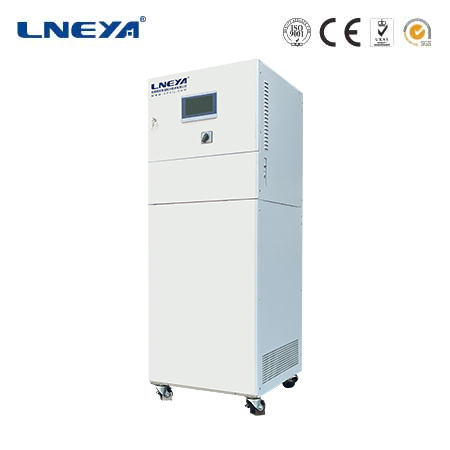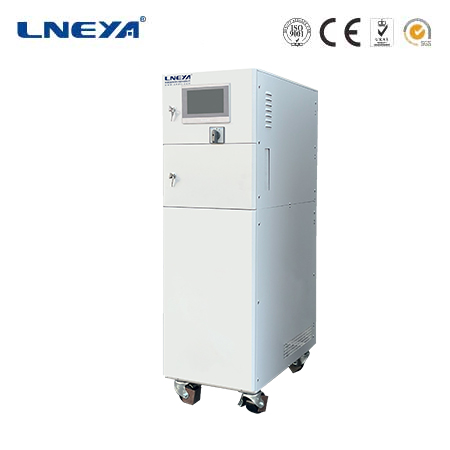propylene glycol for chiller
Propylene Glycol for Chiller Systems: An In-Depth Analysis
Understanding Propylene Glycol in Chillers
Propylene glycol is a popular fluid used in chiller systems, particularly for its effectiveness in freeze protection and maintaining optimal operating temperatures. Unlike water, propylene glycol has a lower freezing point, making it ideal for chillers operating in colder climates or at low temperatures.

How Propylene Glycol Functions in Chiller Systems
In a chiller system, propylene glycol’s primary role is to provide freeze protection. It circulates through the system, absorbing heat and preventing the formation of ice that could damage the chiller. The fluid’s antifreeze properties are critical for continuous and reliable operation, especially in environments with significant temperature fluctuations.
Benefits of Using Propylene Glycol in Chillers
Freeze Protection: Propylene glycol’s ability to lower the freezing point of the coolant is its most significant advantage, ensuring the fluid continues to flow without the risk of ice formation.
Corrosion Inhibition: Propylene glycol is often blended with corrosion inhibitors that protect metal components like heat exchangers and piping, extending the life of the equipment.

Non-Toxic and Safe: Unlike ethylene glycol, propylene glycol is non-toxic, making it safe for use in environments where contamination could pose health risks, such as food and beverage processing.
Market Analysis of Propylene Glycol
The propylene glycol market is driven by demand from various industries, including automotive, construction, and food and beverages. The Asia-Pacific region, particularly China and India, dominates the market due to increased automobile production and growing demand in the food and beverage sector. The market is also segmented by grade, application, and end-user industry, with industrial, food and beverage, and pharmaceutical grades being the most common.
Key Developments in the Propylene Glycol Market
Recent developments include the introduction of lower carbon, bio-based, circular propylene glycol solutions in Europe, appealing to a wide range of industries such as agricultural, pharmaceutical, cosmetics, textile, and food. Additionally, advancements in BASE technology have improved the sustainability of propylene glycol manufacturing, converting glycerol, a biodiesel byproduct, into environmentally friendly propylene glycol.

Applications of Propylene Glycol in Chiller Systems
Propylene glycol is used in various applications beyond chillers, including as a flavoring agent, antifreeze and deicer agent, and chemical intermediate. Its versatility and effectiveness in heat transfer and freeze protection make it a valuable component in industrial and commercial settings.
Conclusion
Propylene glycol is a critical component in chiller systems, offering freeze protection, corrosion inhibition, and safety in non-toxic applications. The market for propylene glycol is growing, driven by increased demand from key industries and regions. Understanding the benefits and market dynamics of propylene glycol is essential for industries relying on chiller systems for their operations.
Related recommendations
water bath temperature control system
355Water Bath Temperature Control System: An Essential Tool Across Industries In the vast landscape of temperature-controlled environments, the water bath temperature control system stands as a co...
View detailsglycol cooler unit
232Glycol Cooler Unit: A Comprehensive OverviewA glycol cooler unit is a specialized piece of equipment that plays a vital role in heat transfer processes across different sectors. At its core, it ut...
View detailssmall air cooled chiller
446Small Air-Cooled Chillers: Efficient Cooling Solutions for Various Applications Small air-cooled chillers are essential components in many industries, providing reliable cooling in a compact fo...
View detailswater cooled portable chiller
302Definition and StructureA water cooled portable chiller is a compact and movable cooling device that uses water as the primary medium for heat dissipation. It is designed to provide on - the - go ...
View details
 LNEYA Thermal Test Chillers
LNEYA Thermal Test Chillers






HelloPlease log in